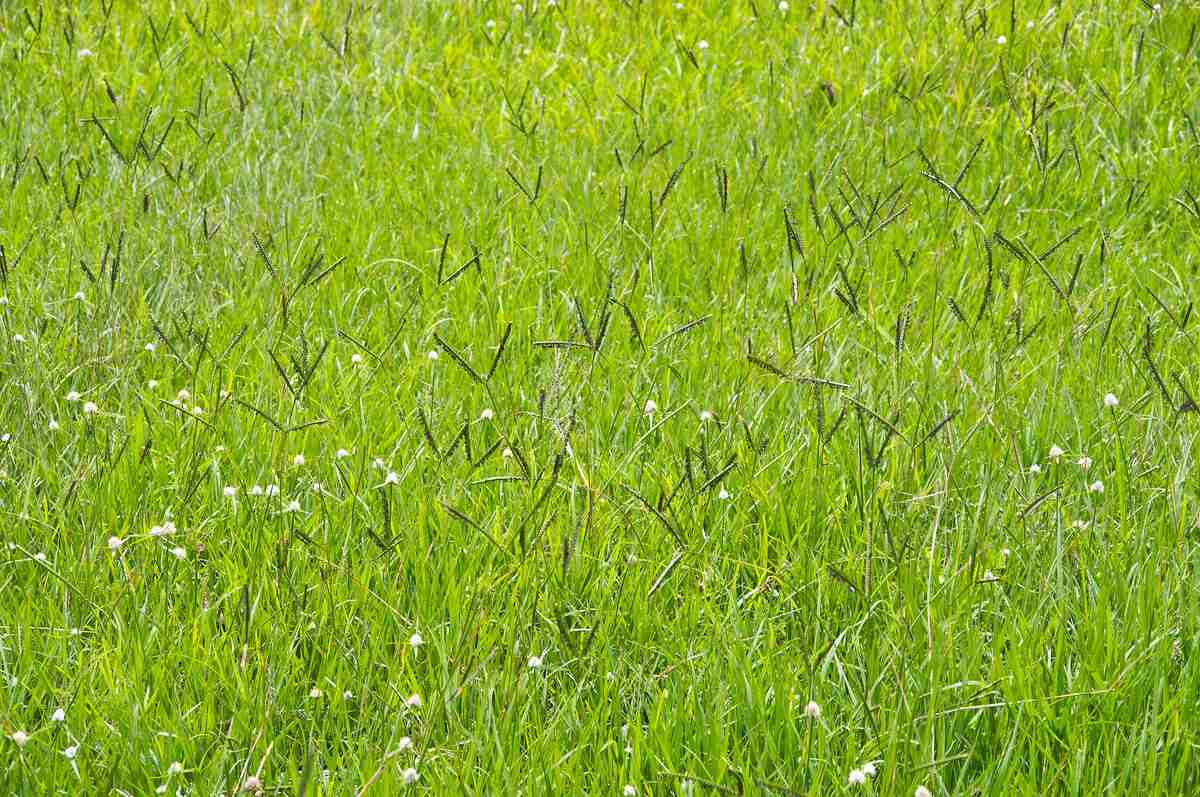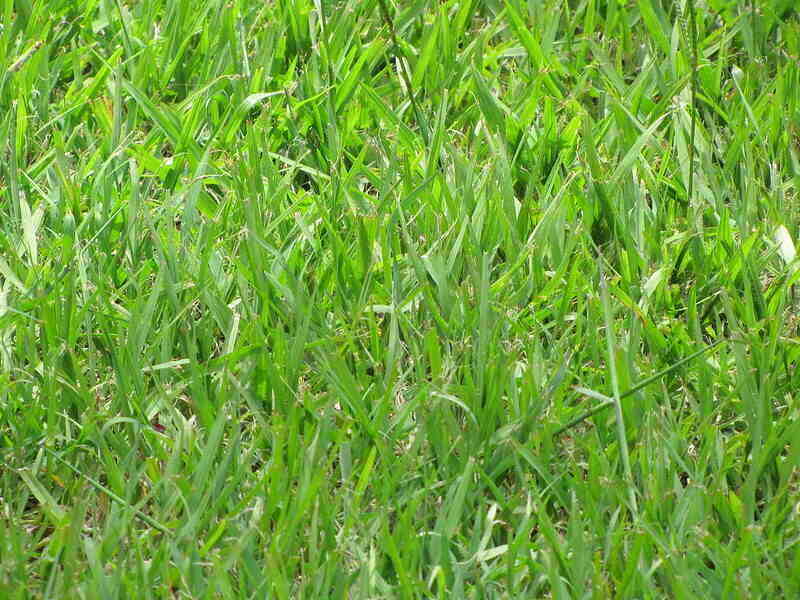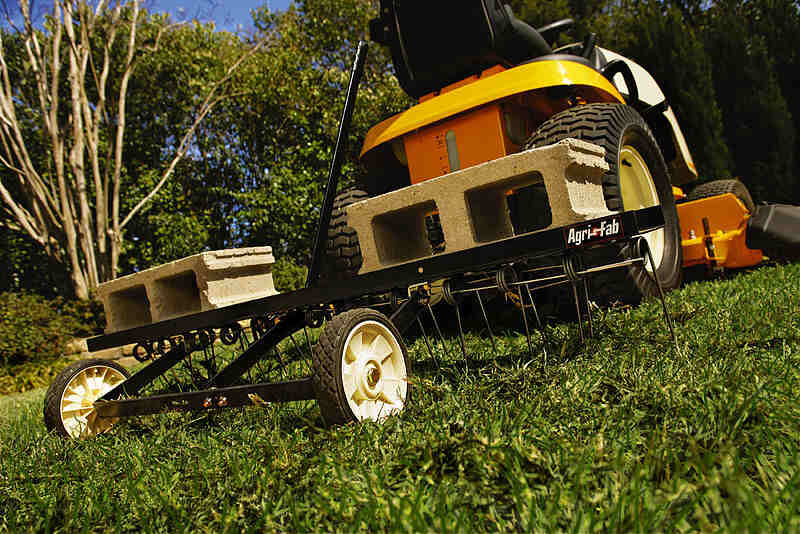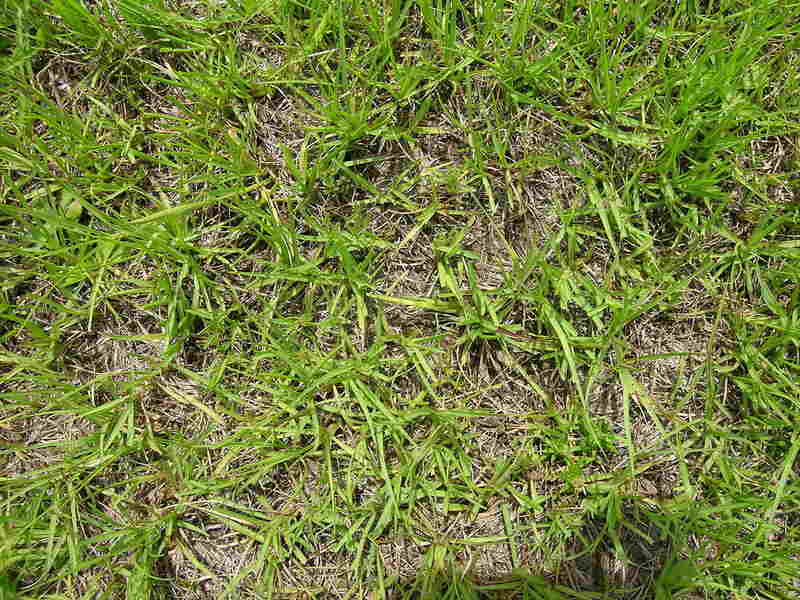
Struggling to find a turfgrass that will withstand Florida’s warm climate? Never fear, for bahiagrass is here! Bahiagrass, a durable, low-growing, low-maintenance turf, can survive even if you’re the most negligent lawn owner. We will tell you how you can maintain it in this guide.
Bahiagrass is known for its ability to tolerate challenging conditions, including those dog days of summer. However, like every grass, it has some characteristics of its own and some care tips that can help you make it more beautiful and healthy.
In this article, we’ll detail what bahiagrass is, how to care for it properly, and what problems you may encounter if you decide to grow this grass variety in your yard.
What is Bahiagrass?
If you are looking for a lawn that will grow in harsh conditions, then bahiagrass might be the perfect choice for you.
Bahia is a warm-season grass, originally from South America, that can be found throughout the southern United States.
Bahiagrass is an excellent choice for homeowners looking for an alternative to Bermuda grass or St. Augustine grass. It has many of the same qualities as these two types of turfgrass, but it requires less maintenance than either of them.
Here are some aspects regarding bahiagrass:
- Bahiagrass has a deep root system, which allows it to survive in drought conditions;
- It prefers full sun but can tolerate limited shade;
- Grows well in sandy soils;
- Bahiagrass likes acidic soil best;
- Ideal for the Southeastern United States;
- It does not produce a dense carpet of turf;
- It can be used for pasture.
How to Care for Bahiagrass

With proper care, your Bahia lawn will remain healthy, lush, and green throughout the growing season. Here’s how:
Mowing
Bahiagrass should be mowed at a height of 3 to 4 inches, to encourage deep roots. When mowing bahiagrass, it is also important not to remove more than one-third of the leaf blade at one time. Otherwise, you’ll stress and weaken the turf. Ideally, mow your lawn every 7 to 14 days during the growing season (spring through fall).
Tip: Leave those grass clippings on the lawn! They won’t contribute to thatch buildup and will be readily decomposed by microorganisms.
Watering
Bahiagrass is a great choice for low-maintenance lawns because it has low water requirements and can work on an “as-needed” basis. It has a high drought tolerance, so you won’t have to worry about underwatering it. However, during long periods of drought, bahiagrass goes into dormancy, where it turns brown and stops growing.
This grass type needs about an inch of water per week during its establishment period. After the lawn is fully established, you can apply one-half to a three-quarter inch of water when the leaf blades start to fold up, wilt, or turn brown.
Water your bahiagrass in the morning, preferably before 10 a.m., so the roots have time to absorb the water before it evaporates.
Overseeding
Bahiagrass does not produce a dense turf carpet, so if you want to encourage growth, you can overseed annually. However, remember that this grass type will never be as dense as Zoysia.
Overseeding will help make the turf thicker, keep most weeds and diseases out of your lawn, and repair unsightly damage.
The best time of the year to overseed Bahiagrass with warm-season grass seeds is in late spring or early summer. Still, you can also add cool-season ryegrass in the fall to extend the green period during winter.
See Related: When to Overseed Bahiagrass in Florida
Dethatching

Dethatching is when you remove the thick layer of organic matter from your lawn. Bahiagrass usually does not form excessive thatch, but if two or three years have passed and you see signs your lawn needs dethatching, you might want to give it a go.
Warm-season grasses like Bahiagrass should be dethatched in the late spring or early summer when they are actively growing.
Aerating
Aeration is the process of relieving compacted soil so that nutrients, water, and oxygen can access the grass roots. When your soil is compacted, the turfgrass struggles to grow and might even begin to yellow.
How do you know if the soil is compacted? You can check using the screwdriver test–– take a screwdriver and push it into your lawn. If pushing in is difficult, the soil is likely compacted and needs aeration.
The best time of the year to aerate warm-season grass, such as Bahiagrass, is in summer.
Fertilizing
Fertilizing your lawn is more about your soil type and its fertility requirements than your grass type. Nonetheless, most established lawns only need one fertilizer application per year.
You should use fertilizer containing all three major nutrients for healthy growth: nitrogen, phosphorus, and potassium. To determine the best ratio of nutrients, collect a soil sample for laboratory soil testing. A professional soil test will reveal the appropriate amount of fertilizer to apply to your bahiagrass lawn.
See Related: When to Fertilize Bahiagrass in Florida
Common Bahiagrass Problems

Bahiagrass is a pretty sturdy grass, but it can still have some problems, including weeds, diseases, and pests. Here are some of the most common issues you might encounter with bahiagrass and how to deal with them:
Weeds
Bahiagrass is a more scarce type of grass; for that, it could be more prone to weeds such as crabgrass, goosegrass, sandbur, and crowfoot grass. Therefore, one of the best ways to avoid weeds in your bahiagrass lawn is to be proactive.
A healthy, thriving bahiagrass lawn is essential for weed control. Mow to the proper height (3 to 4 inches), water it when needed, and overseed it annually so it is denser and there’s less space for weeds. You can also apply a pre-emergent herbicide to keep those pesky weeds from appearing.
Pests
The most common pests to your bahiagrass are:
- Mole crickets
- Billbugs
- Armyworms
You can help prevent all of them by ensuring your lawn is healthy.
Soil pH
If you’re growing bahiagrass in high-pH soil, it may begin to yellow as the pH increases above 7.0. That is because bahiagrass needs iron to thrive and is susceptible to iron deficiency in high-pH soils.
Luckily, several soluble iron sources can be added to your soil to help combat this problem, such as ferrous ammonium sulfate, ferrous sulfate, and a diverse range of iron chelates.
Bahiagrass Varieties
There are six varieties of bahiagrass:
- Argentine
- Pensacola
- TifQuik
- Tifton 9
- UF Riata
They each have different lengths of their growing season. Still, the last three (TifQuik, Tifton 9, and UF Riata) have higher yielding and are usually used as pasture grass.
Tip: The Pensacola Bahiagrass variety might be better for you if you live farther north since it is more cold-tolerant.
How to Establish Bahiagrass
You can establish bahiagrass by seeding or sodding. Still, if you’re new to lawn care or want to plant a large area, sod is your best option because it’s easier to work with and holds back weeds.
Sod
When sodding bahiagrass, remove weeds and loosen the soil where you want to install the sod. Then apply fertilizer according to package instructions; this will help promote root growth once the sod has taken root in the soil.
After that, water the soil lightly to prepare for the sod, and then all you have to do is lay the Bahia sod. If you want better results, use a roller to press in the sod lightly, and whatever you do, don’t walk on it!
Seed
Planting bahiagrass from seeds is definitely cheaper, so if you decide to go this way, the best time to plant the seeds is in late spring. To ensure that you have the best possible results from this plant, follow these instructions:
- Choose a sunny spot for your lawn. Bahiagrass will not grow well in shady areas or under trees.
- If there is no risk of soil erosion, prepare your soil by tilling it.
- Use a starter fertilizer that includes nitrogen, phosphorus, and potassium when planting seeds or sod rolls, according to soil test recommendations. That will help them get off to a good start and encourage root growth later on down the road when they are established in their new home.
- Sow the bahiagrass seeds one-quarter to one-half inch deep in the soil.
- Water daily for about two weeks after planting until new growth appears at ground level.
- Be patient, as bahiagrass has a long germination period.
FAQ About Bahiagrass
The best height to cut bahiagrass is between 3 and 4 inches. The higher the mowing height, the more stress tolerant your grass will be since it will develop a more extensive root system. Mowing too low can cause stress on the grass, making it susceptible to disease and pests.
Bahiagrass is not naturally thick and can become even thinner over time. The best way to make it denser is by overseeding.
The best time to overseed is during late spring, and it can be done every year. Try to keep a healthy lawn with good lawn care practices such as regular watering and mowing to see your bahiagrass thrive.
Bahiagrass can reseed itself naturally because it grows seed heads — a Y-shaped structure with two of three branches — when left unmowed. But this may leave the lawn looking untidy.
Call a Professional
Bahiagrass is definitely a wise choice for anyone who wants to have a good-looking lawn year-round without spending too much time and effort on maintaining it.
However, providing consistent care for your lawn is crucial for its longevity and appearance. Fortunately, homeowners with little time can still achieve a lush, green yard by hiring a local lawn care pro.
Main Image Credit: John Robert McPherson / Wikimedia Commons / CC BY-SA 4.0